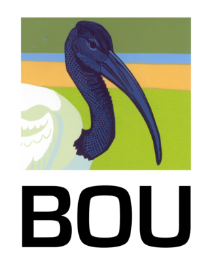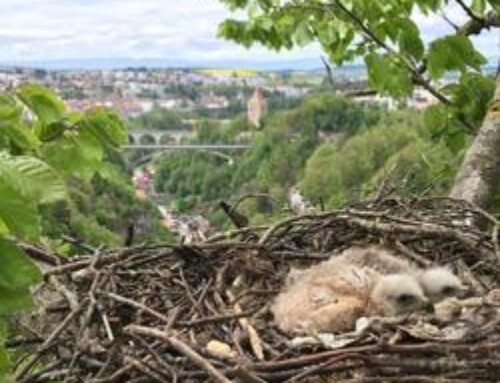LINKED PAPER 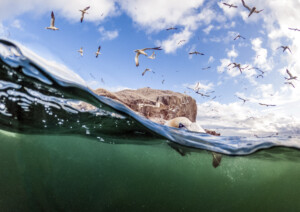 Effect of a previous high pathogenicity avian influenza (HPAIV) infection on the breeding success of Northern Gannets (Morus bassanus). Lewis, A., Burton, E., Butcher, J., Cleasby, I., King, A., Marriott, E., O’Hara, D., Sheddan, M., Watson, M., Wischnewski, S., Wright, L., Wanless, S., Lane, J.V. 2025. IBIS. DOI: 10.1111/ibi.13449 VIEW
Effect of a previous high pathogenicity avian influenza (HPAIV) infection on the breeding success of Northern Gannets (Morus bassanus). Lewis, A., Burton, E., Butcher, J., Cleasby, I., King, A., Marriott, E., O’Hara, D., Sheddan, M., Watson, M., Wischnewski, S., Wright, L., Wanless, S., Lane, J.V. 2025. IBIS. DOI: 10.1111/ibi.13449 VIEW
Highly Pathogenic Avian Influenza (HPAIV), or bird flu, has swept across Europe and North America in recent years, with devastating consequences for seabirds. Northern Gannets, spectacular plunge divers that fill our cliffs and skies each summer, were among the hardest hit. Whole colonies experienced mass mortality, and breeding success in 2022 collapsed.
But what about the survivors? Did they carry hidden costs into the next season, perhaps struggling to successfully raise a chick after the strain of fighting infection, or were they able to return to normal breeding?
Eyes as evidence
One unusual side-effect of infection helped us find out. Normally pale blue, gannet eyes often turned black after HPAIV exposure. This striking change gave researchers a rare way to compare the breeding success of “black-eye” birds with their “blue-eye” neighbours.
Survivors bounce back
We monitored two major UK colonies in 2023: Bass Rock in Scotland and RSPB Bempton Cliffs in England. Encouragingly, black-eye birds bred just as successfully as blue-eye ones. Survivors were raising chicks at the same rate as those that showed no sign of infection – an important sign of resilience.

Figure 1. Black-eye gannet and chick © Jude Lane
But overall breeding was down
Looking at the colonies as a whole, however, breeding success was well below historic levels. At Bass Rock, pairs fledged an average of 0.56 chicks, compared with around 0.73-0.85 in the 1970s. At Bempton Cliffs, productivity dropped from a pre-epidemic mean of 0.81 chicks to just 0.62 in 2023. Nearly half of nests failed – almost double the failure rate seen in past decades.
Why the decline?
Several factors may explain the dip:
- Widowed birds forming new, less experienced pairs
- A higher proportion of young recruits entering the breeding population
- Lower nest density after mass mortality, reducing the social cues that normally support breeding
On top of that, 2023 brought an extreme summer heatwave, which may have affected fish availability and chick feeding.
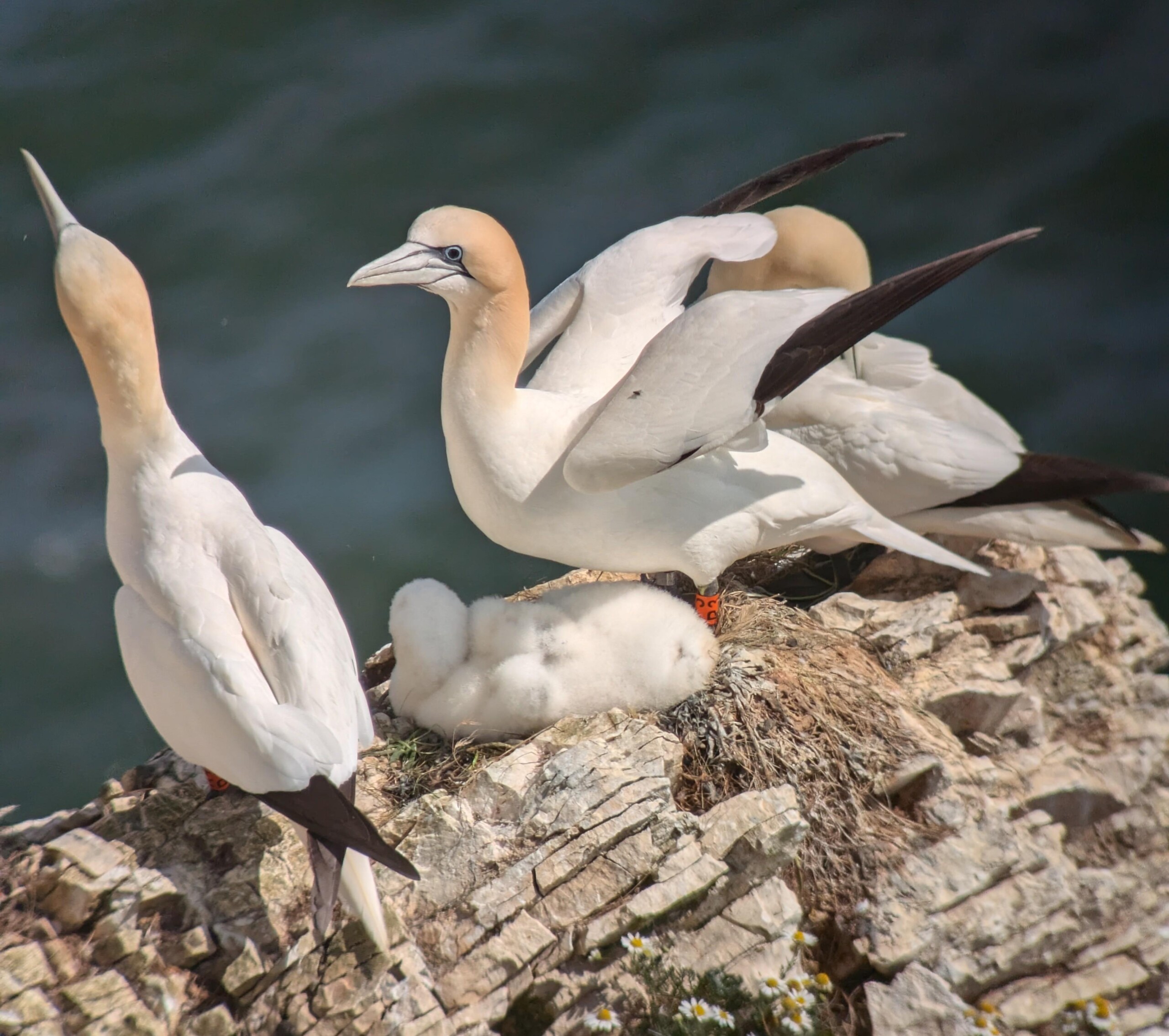
Figure 2. Partner of black-eye gannet with chick © Amy King
The bigger picture
The good news is that individual survivors seem able to return to normal breeding. The challenge is that overall colony productivity remains depressed, showing how the aftershocks of a mass mortality event can ripple through populations in subtle ways.
Long-term monitoring is vital. We still don’t know how long immunity to HPAIV lasts, whether repeated outbreaks will erode resilience, or what eye-colour changes might mean for survival and mate choice.
A cautious optimism
For now, there is reason for hope: gannets that survived bird flu are breeding as well as their peers. But with the virus still circulating, and climate extremes adding new pressures, continued vigilance is needed to secure the future of these iconic seabirds.
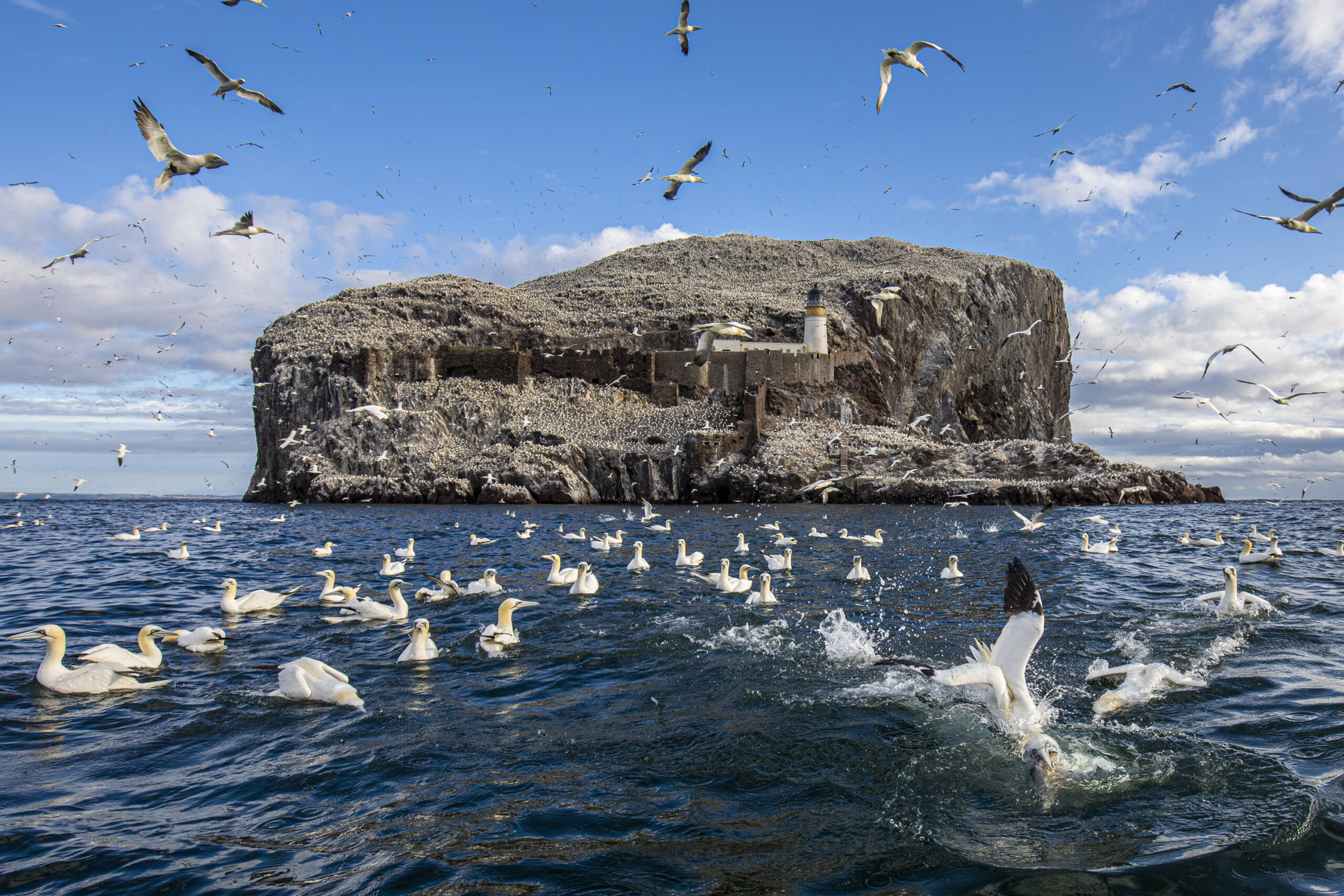
Figure 3. Gannets diving at Bass Rock © James Glossop
This research was carried out by teams from Edinburgh Napier University, RSPB, the Scottish Seabird Centre, and the UK Centre for Ecology & Hydrology (UKCEH).
Image credit
Top right: Bass Rock Gannets © James Glossop


